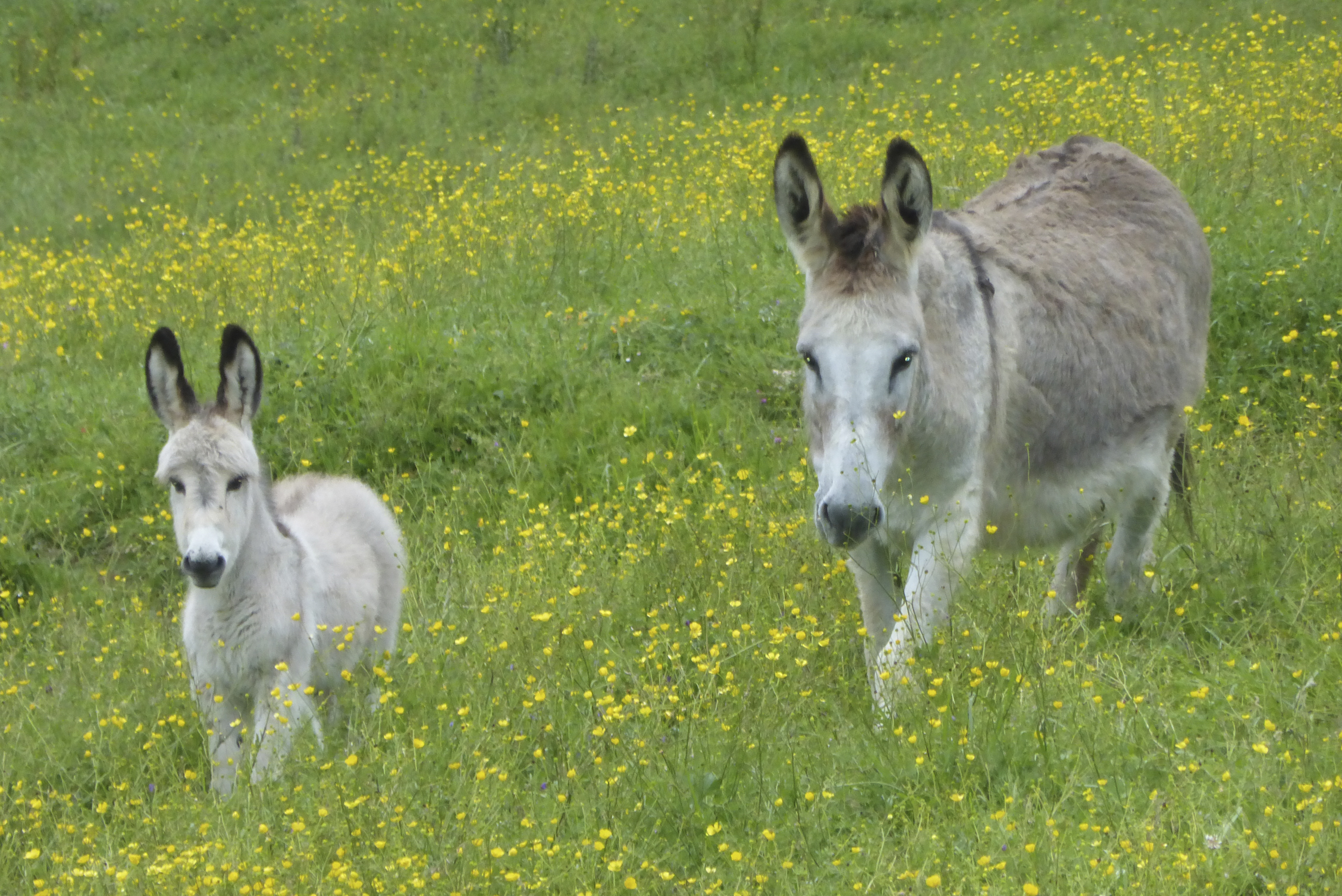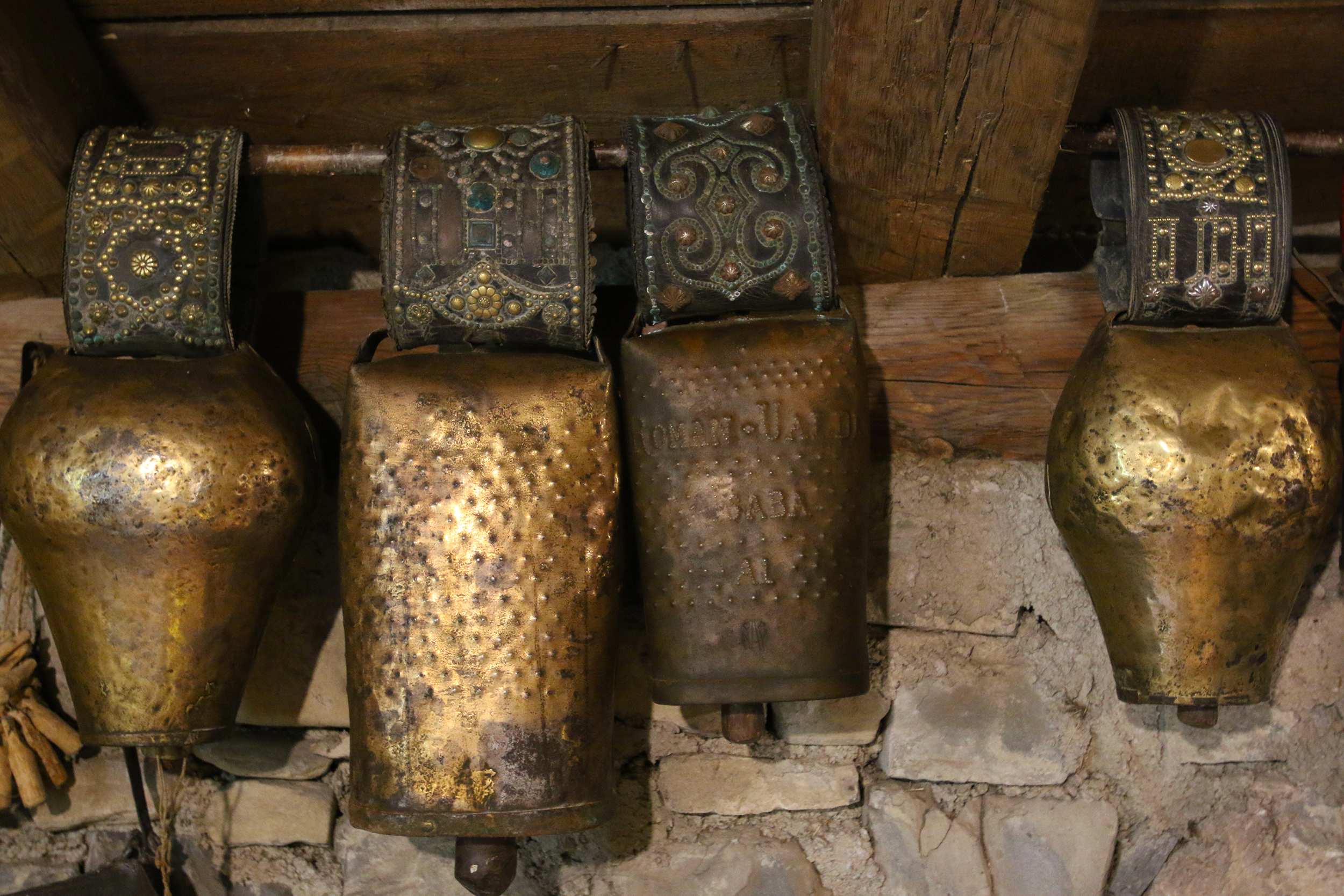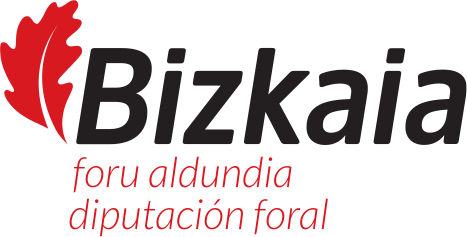Basque ethnography at a glance

Akaitze Kamiruaga. Labayru Fundazioa Photographic Archive.
The present post accounts for some of the vocabulary connected with oestrus and pregnancy cycles in several domestic animals, gathered in Gernika-Lumo (Bizkaia) and applicable to a region which extends as far as the coastal city of Lekeitio (Bizkaia).
Cattle (behiak): We use the term susera to indicate that a cow is on heat —behia susera dago or behia suseratu egin da—. We could likewise use the more generic term umeske, literally ‘desiring to breed’, and therefore attributable to other female animals which are receptive to mating, such as mares, jennets and ewes. (more…)

Fernando Hualde.
This is a magic time of the year in mountains, mountaintops…, both from a natural and an ethnographic perspective. Departing from our usual focus on ethnography, let us look at a very specific item.
Thousands and thousands of sheep have already moved from lower, snow-free winter pastures to summer pastures in mountains, mountaintops and higher altitudes along the Navarrese Pyrenees and Urbasa and Aralar Mountain Ranges. Our mountains are filled with the sound of bells worn around the neck of free-roaming sheep, goats, kids, wethers, cattle, mares… The tinkling of livestock bells is in fact the most perfect musical accompaniment to the highland dweller or rambler. (more…)

Labayru Fundazioa Photographic Archive.
April and May are particularly favourable months of the year to ensure the protection of the flourishing cultivated fields and the benefits of moderate rainfall, a time marked by a set of customs associated to lopped festive trees or poplars being erected in squares and higher grounds (a practice which often extends to St John’s or patron saint festivities), the vegetable figuration of maypoles, or mayos, in human or puppet form, the curious designation or election of virginal May queens, called mayas, or the singular marriage between juvenile May kings and queens. (more…)

Hirūdinēs. Dioscorides’ De Materia Medica. Salamanca, 1563. Eukal Biblioteka. Labayru Fundazioa.
Bloodletting is claimed to have been a most common and ancient medical practice, its use being gradually relegated to the margins of conventional medicine over the years.
Two main methods were employed: one or more superficial veins were opened with a lancet to let the blood flow out in a controlled manner; alternatively, living leeches —widely known, in Basque, as uzanak or izainak— were applied to safely remove impure or congested blood. (more…)

